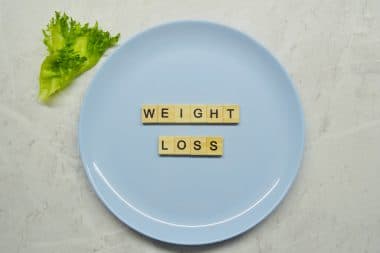Cardiovascular exercise is critical for good health, improving heart and lung functions over time. You have your choice of steady-state cardio (aerobic exercise where you maintain the same intensity through your workout session) or varied-state cardio (aerobic exercise where you allow your intensity to shift up or down through your workout session). Most fitness gurus now advise people looking to slim down against too much steady-state cardio, recognizing that it has the following problems.
Cortisol Production
Cortisol is a hormone the body naturally produces during periods of stress. It suppresses triiodothyronine (T3), a thyroid hormone necessary to keep your metabolism humming at a quick pace. At the same time, it stimulates the production of excess glucose. The end result is that you don’t burn as many calories and store fat more easily. Adding insult to injury, cortisol also reduces levels of leptin, a hormone that helps keep your appetite in check, and increases levels of ghrelin, a hormone that makes you want to eat. This response is simply your body’s way of protecting itself and ensuring you have enough energy to survive what it perceives as a rough time, but when you want the number on the scale to go down, it can work against you. Cortisol doesn’t just affect your waistline, either. It contradicts the muscle-building influence of another hormone, testosterone, inhibiting protein synthesis so it’s hard to repair muscle damage and gain strength. Muscle burns more calories to maintain, too, so if you can’t bulk up, you won’t be able to maximize how many calories you could torch. Excess cortisol also is linked to decreased immunity, increased oxidative stress and osteoporosis, increasing your odds of getting sick or experiencing a training injury.
Understanding the negative effects too much cortisol has on the body, all exercise raises cortisol levels to some degree. Higher-intensity exercise, however, results in a higher production of anabolic or building hormones, such as human growth hormone (HGH), which will counteract cortisol to some degree. If you lower your intensity so you can get through your endurance-based, steady-state cardio routine, you don’t get this benefit.
The Fat Burning Zone
When you exercise at a low- to moderate-intensity level such as you need for steady-state routines, your body burns a higher percentage of fat than if you were pushing hard. On the surface, this phenomenon makes it appear that the best way to shed pounds is to take it a bit easier in your workouts. That the “fat burning zone” is optimal for weight loss is a myth, however, because you also have to consider how many calories you burn. Higher-intensity workouts require more energy than lower-intensity ones, burning more calories overall in the same amount of time.
Adaptation
When you do a steady-state routine on a regular basis, your body learns what to expect. It adapts and becomes much more efficient at handling the demands you place on it, so you end up burning fewer calories and hitting a plateau. If you vary your exercise, however, the body has to respond to a constantly-changing stress level and repair demand. It’s more difficult for your metabolism to slow under this circumstance, as your body is never sure of what’s coming next.
Muscle Development
You know now that if you spike your cortisol levels, your odds of building calorie-burning muscle drop. But steady-state cardio is bad here in another way–if you spend all your time doing it, you simply don’t have as much time to devote to general strength training. Therefore, even if your cortisol levels stay under control, you’re likely going to have a hard time bulking up enough to give your metabolism a boost.
Repetitive Stress
Exercisers have a ton of great choices when it comes to cardio exercises, such as running or kick/shadow boxing. Many people turn to just a handful of their favorites, however, such as always hitting the treadmill or elliptical machines at the gym. If you take this approach, you stress your body in the same way over and over again, which can wear on tendons, ligaments and joints. It also can create muscle imbalances over time. The end results are usually poorer posture, pain and inflammation and an increased risk of other injuries, any of which can impede your performance or keep you out of the gym altogether.
Boredom
By definition, steady-state cardio doesn’t change in intensity. You might find you get bored more easily due to the fact nothing shifts through the duration of the workout, and that might kill your motivation and lead to skipped gym visits. Boredom is also problematic in that it usually causes people to zone out. If you’re not concentrating, your form can suffer, which again can lead to injury or, at the least, stop you from getting maximum results.
Conclusion
Steady-state cardio has its place in an exercise program, as it can increase your endurance and gives you an option for when you don’t want to go all out. That said, too much steady-state cardio can impede results. Limit how much you use it, balancing your program with higher-intensity routines and weight training.








Reply